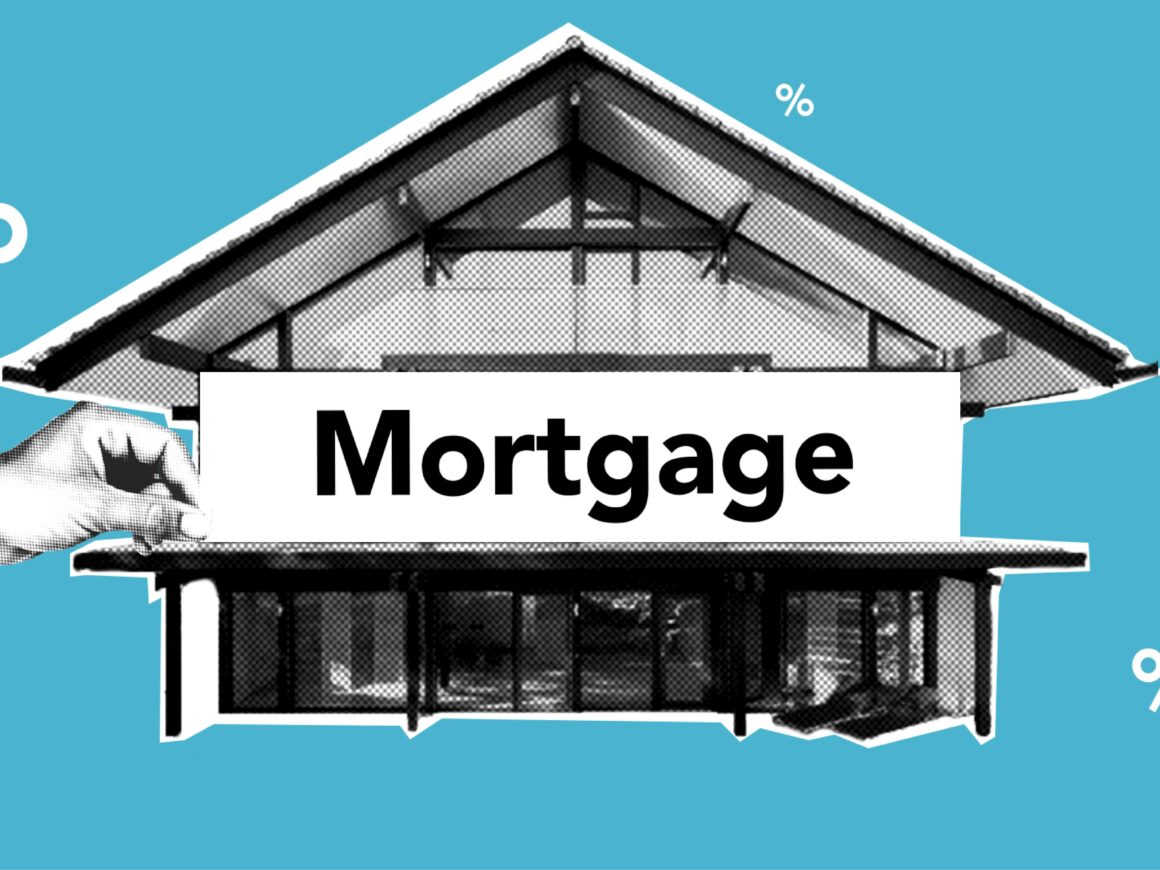Navigating Student Debt: Understanding Low Fixed Rate Loan Options
Navigating Student Debt: Understanding Low Fixed Rate Loan Options, Navigating Student Debt: Understanding Low Fixed Rate Loan Options as the cost of higher education climbs, strategic borrowing smooths the financial journey through repayment. This guide profiles fixed-rate student loan alternatives maintaining stable payments ideally suited for STEM fields leading to high-income careers.
Understanding variable versus fixed interests illuminates optimal choices. Knowledge equips minimizing total costs through disciplined repayment aligning obligations manageably with earnings over the long haul.
Student loans are financial instruments designed to help students cover the costs associated with higher education, including tuition, fees, books, and living expenses.
Ready to explore accessible options? Your student loan literacy begins here.
Private Versus Federal Loans
Private lenders offer fixed rates while federal loans fluctuate annually:
– Federal Direct Loans feature variable rates adjusting yearly based on 10-year Treasury yields, currently 5.28%-7.28%.
– Private lenders lock fixed rates for life of loan, recently around 3%-6% depending on creditworthiness. No origination or federal loan fees.
While private loans lack income-driven repayment flexibility, fixed rates provide long-term predictability crucial for multi-decade obligations.
Low Fixed Rate Loan Providers
Reputable lenders include:
– Collegiate Direct: Rates from 2.99%-5.99% for credit union members. No fees and early payoff incentives.
– One Nevada FCU: Fixed 3.24%-6.24% rates. No fees or prepayment penalties.
– Aspire Resources: 3.74%-6.35% rates. Cosigner release option and financial wellness counseling.
– Purefy: 3.70%-7.50% rates. No fees and fast funding ideal for last-dollar needs.
Vetting multiple offers optimizes the best long-haul package aligned with individual credit profiles.
Loan Amount Considerations
Balance borrowing adequately with career earnings:
– Federal loan maximum of $31,000-$57,500 for undergrads avoids over-leveraging.
– Private loans supplement federal packages carefully to avoid high debt-to-income ratios post-graduation.
– STEM degrees leading to $65k+ starting salaries support higher overall limits if diligently repaid within 10 years.
Discipline minimizes costs even at low fixed rates through strategic, need-based usage alone.
Repayment Best Practices
Strategies maintaining affordable obligations:
– prioritize lowest rate loans first to minimize interest costs.
– Automate higher monthly payments recouping balances faster to avoid decades of interest accumulation.
– Refinance or consolidate privately if careers flourish and rates continue declining periodically.
– Explore IDR plans federally only if unexpected struggles emerge managing standard or graduated terms.
With prudent planning, low fixed rates fuel educational empowerment manageably for a lifetime of opportunities. Your journey to informed borrowing is fully illuminated – now, shine your light to the future!
Understanding Student Loans
Student loans are financial instruments designed to help students pay for higher education expenses, including tuition, books, and living costs. These loans can be broadly categorized into federal and private loans, with each having distinct features and benefits.
Federal Student Loans
Federal student loans are issued by the U.S. Department of Education and typically offer more favorable terms than private loans. They include:
- Direct Subsidized Loans: These loans are available to undergraduate students demonstrating financial need. The government covers interest payments while the student is in school, during the grace period, and in deferment.
- Direct Unsubsidized Loans: Available to both undergraduate and graduate students, these loans do not require proof of financial need, but interest accrues from the time the loan is disbursed.
- Direct PLUS Loans: These loans are for graduate students and parents of dependent undergraduates. They require a credit check and have higher interest rates than subsidized and unsubsidized loans.
Private Student Loans
Private student loans are offered by banks, credit unions, and other financial institutions. Interest rates and terms vary based on creditworthiness and the lender’s policies. Unlike federal loans, private loans may have variable interest rates, stricter repayment terms, and fewer borrower protections.
The Importance of Low Fixed Rate Loans
When choosing a student loan, selecting one with a low fixed interest rate can significantly impact the total cost of borrowing and the ease of repayment. A fixed rate remains constant throughout the life of the loan, providing predictable monthly payments and protecting borrowers from market fluctuations.
Benefits of Low Fixed Rate Loans
- Predictable Payments: Borrowers can plan their budgets effectively since the monthly payment amount remains the same.
- Lower Total Interest Cost: Lower fixed rates result in less interest accruing over the loan’s lifespan.
- Protection from Market Changes: Unlike variable-rate loans, fixed-rate loans do not increase with market interest rate changes, ensuring financial stability.
- Simplified Repayment Planning: Knowing the exact repayment amount allows borrowers to manage their finances more effectively.
Federal Loans with Low Fixed Rates
Federal student loans offer fixed interest rates set annually by Congress. These rates are generally lower than private loan rates, making them the first choice for most students.
Current Federal Loan Interest Rates
As of recent updates, the fixed interest rates for federal student loans are:
- Direct Subsidized and Unsubsidized Loans (Undergraduate): Approximately 4.99%
- Direct Unsubsidized Loans (Graduate): Approximately 6.54%
- Direct PLUS Loans: Approximately 7.54%
Borrowers should verify current rates through the Federal Student Aid website, as they are adjusted annually.
How to Qualify for Federal Low Fixed Rate Loans
- Complete the FAFSA: The Free Application for Federal Student Aid (FAFSA) is the gateway to federal loans.
- Maintain Satisfactory Academic Progress: Schools may require students to maintain a certain GPA and enrollment status.
- Demonstrate Financial Need (For Subsidized Loans): The government determines eligibility based on income and expenses.
Private Loans with Low Fixed Rates
While federal loans offer the best rates and terms, some private lenders provide competitive fixed-rate loans for creditworthy borrowers or those with cosigners.
Top Private Lenders Offering Low Fixed Rates
- Sallie Mae: Offers fixed rates starting around 3.75%, depending on credit history.
- SoFi: Provides competitive rates with borrower perks like unemployment protection.
- Discover Student Loans: Features zero fees and lower interest rates for qualified applicants.
- Earnest: Uses a unique credit assessment to offer personalized rates.
Qualifying for Low Fixed Rates in Private Loans
To secure the lowest fixed interest rate, borrowers should:
- Have a Strong Credit Score: A higher credit score (typically 700+) leads to lower rates.
- Use a Creditworthy Cosigner: A cosigner with good credit can improve approval chances and lower rates.
- Compare Lenders: Shopping around and comparing offers helps find the best fixed-rate options.
- Choose a Shorter Repayment Term: Shorter loan terms often come with lower interest rates.
Strategies for Managing Student Loan Debt
Navigating student debt requires careful planning and proactive repayment strategies. Here are some tips to manage student loans effectively:
1. Borrow Only What You Need
Avoid overborrowing by estimating tuition costs and other necessary expenses. Use scholarships, grants, and work-study opportunities to minimize loan reliance.
2. Understand Repayment Plans
Federal loans offer several repayment options, including:
- Standard Repayment Plan: Fixed payments over 10 years.
- Graduated Repayment Plan: Payments start low and increase over time.
- Income-Driven Repayment Plans: Adjust payments based on income and family size.
3. Make Payments While in School
Even small payments towards interest while still in school can reduce the total loan balance and prevent interest capitalization.
4. Refinance High-Interest Loans
Refinancing student loans through a private lender can lower interest rates, but borrowers should weigh the loss of federal benefits before refinancing.
5. Utilize Loan Forgiveness Programs
Programs such as Public Service Loan Forgiveness (PSLF) and Teacher Loan Forgiveness offer debt relief for eligible borrowers in public service or education fields.
Conclusion
Navigating Student Debt: Understanding Low Fixed Rate Loan Options, Understanding low fixed rate loan options is critical for making sound financial decisions regarding student debt. Federal student loans typically offer the lowest fixed rates with added borrower protections, making them the preferred choice for most students. However, private lenders can also provide competitive rates for creditworthy individuals.
By carefully evaluating loan terms, repayment options, and eligibility criteria, students can minimize the burden of debt and ensure a financially stable future. Taking proactive steps such as budgeting, making early payments, and exploring forgiveness programs can further ease the repayment process and contribute to long-term financial success.





